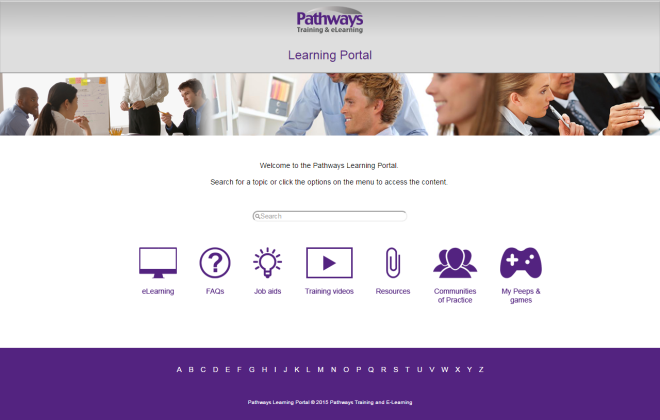In the past weeks, we looked at the possibilities of using VR (Virtual Reality) as a means for eLearning and training. Today I would like to share an excellent example of this use in practice.
Sentient Computing has published a video about using the HTC Vive for training of high voltage switching. The video can be seen here:
https://www.youtube.com/watch?v=3Ni5L6R6uq8
This training exercise simulates the process of high voltage switching in the safety of virtual reality, before performing the operation on live systems. An experienced high voltage engineer talks a developer through the process of performing the switch using VR goggles and controllers. Thanks to simulations like these, inexperienced persons can become familiar with dangerous procedures without being put in harms way.
MANY APPLICATIONS
There are many applications and situations which may benefit from training in virtual reality. Scuba diving, rock climbing or other high-risk activities, handling dangerous equipment or materials, and other situations that require the learner to familiarize themselves with a process can be trained in VR. It is understood that virtual reality will not replace the real experience, but it can serve as a useful preparation for the actual event.
NEW FRONTIER
Virtual Reality is the new frontier for training and eLearning, and it gives me satisfaction that it’s being utilized for constructive, useful purposes and not just gaming and entertainment. Our company, as well, is preparing to create some VR demos for training and eLearning, and I will be happy to share them with you when they are ready.
If you are interested in learning more about our company, Pathways Training and eLearning, please visit us at our website: http://www.pathwaystrainingandelearning.ca/

 words for “Google-like” searches and a “like/dislike” feature will allow learners to recommend content to their co-workers.
words for “Google-like” searches and a “like/dislike” feature will allow learners to recommend content to their co-workers.